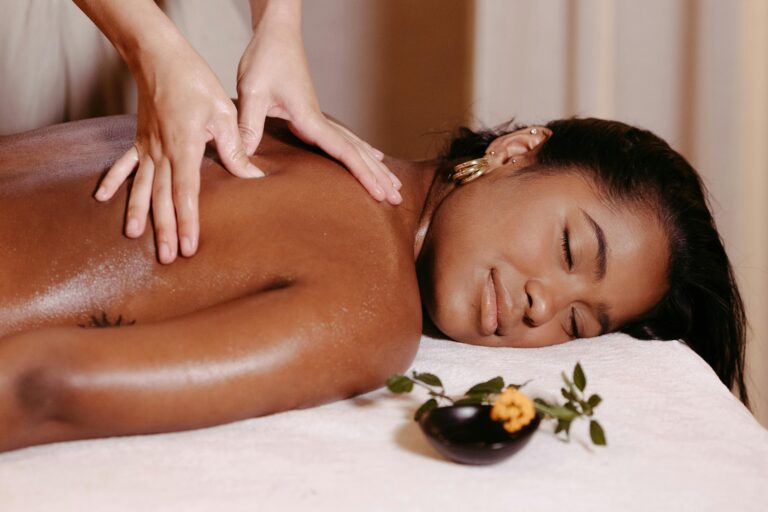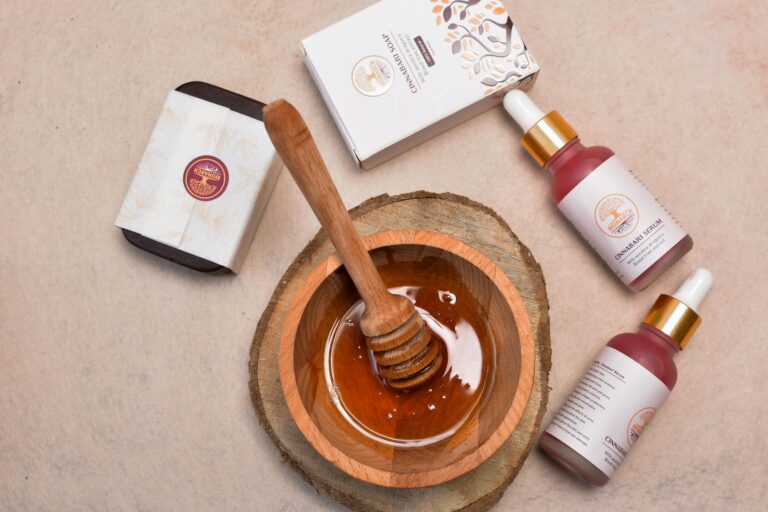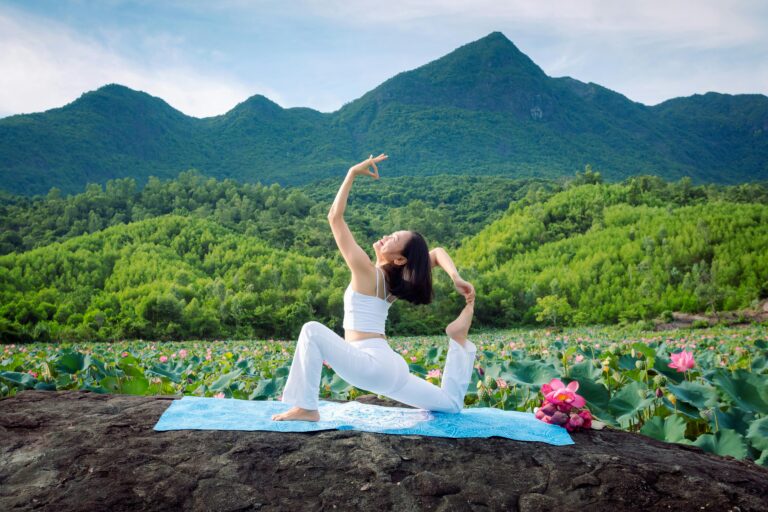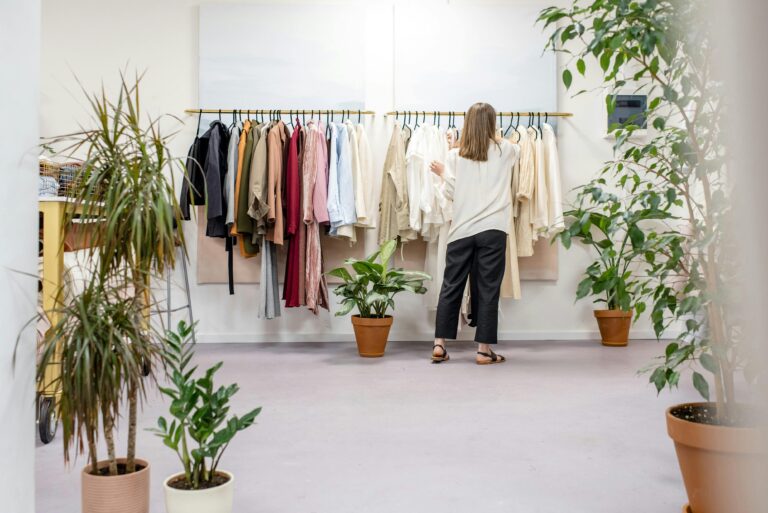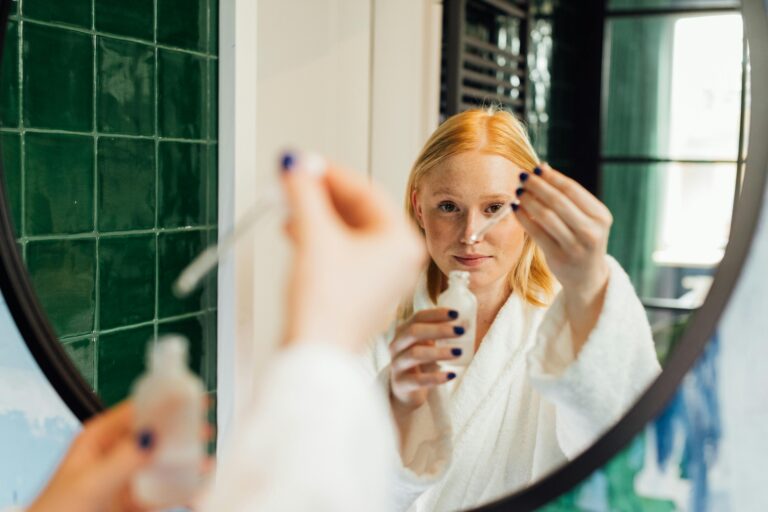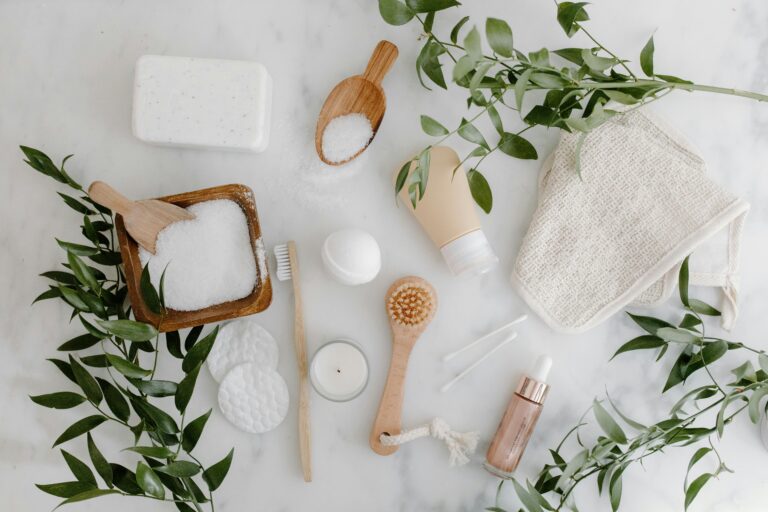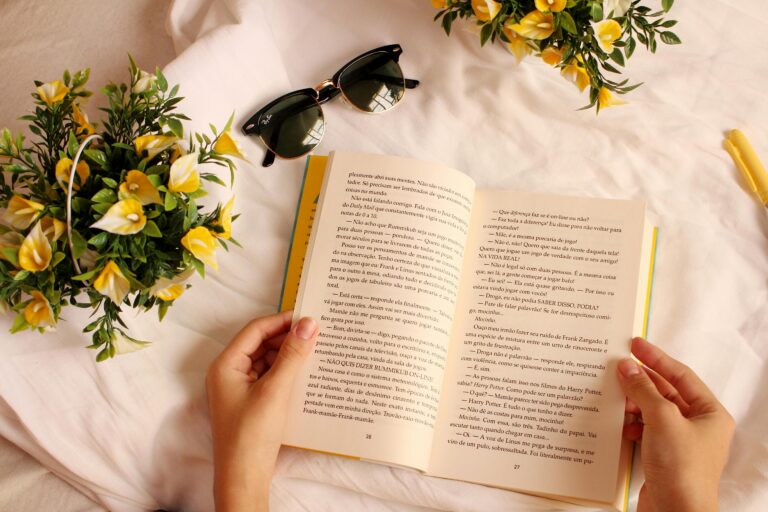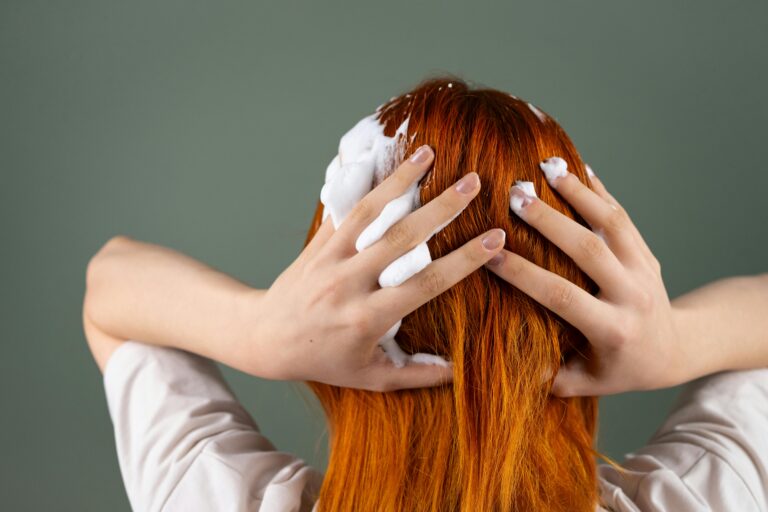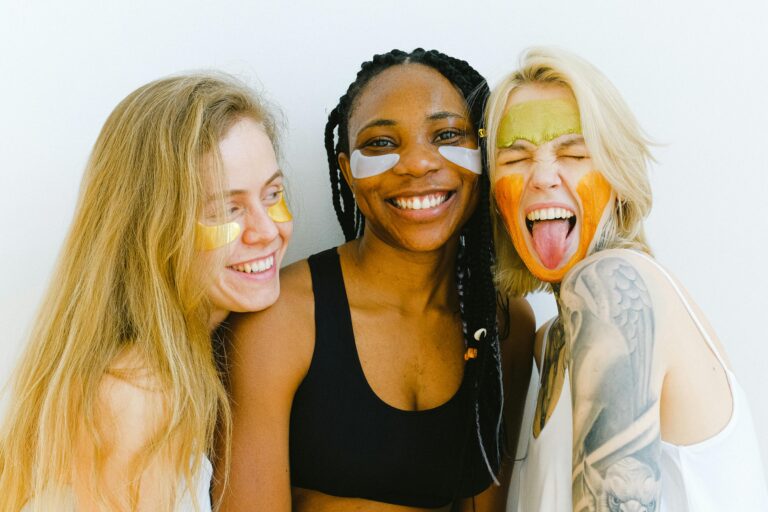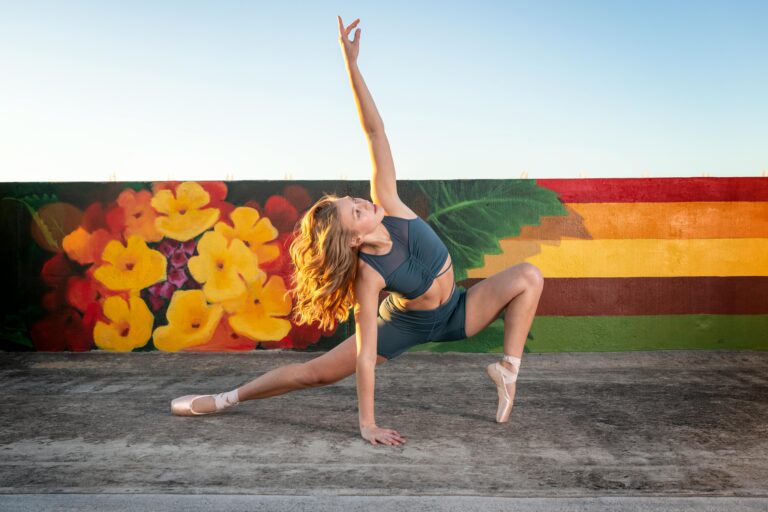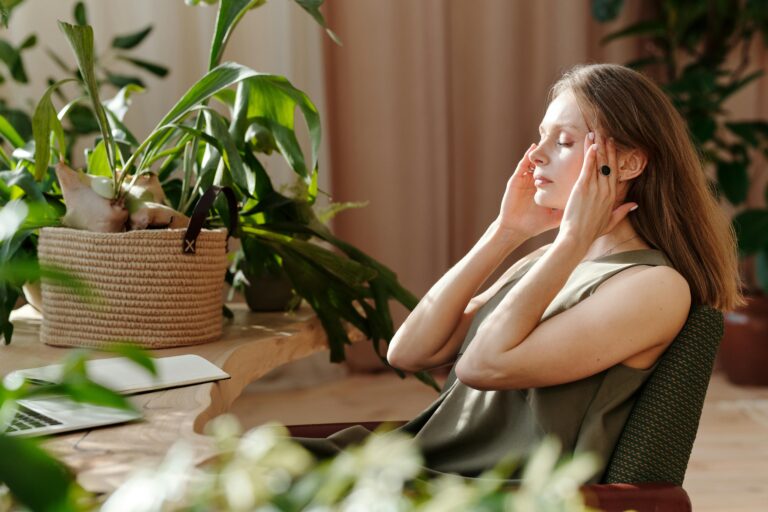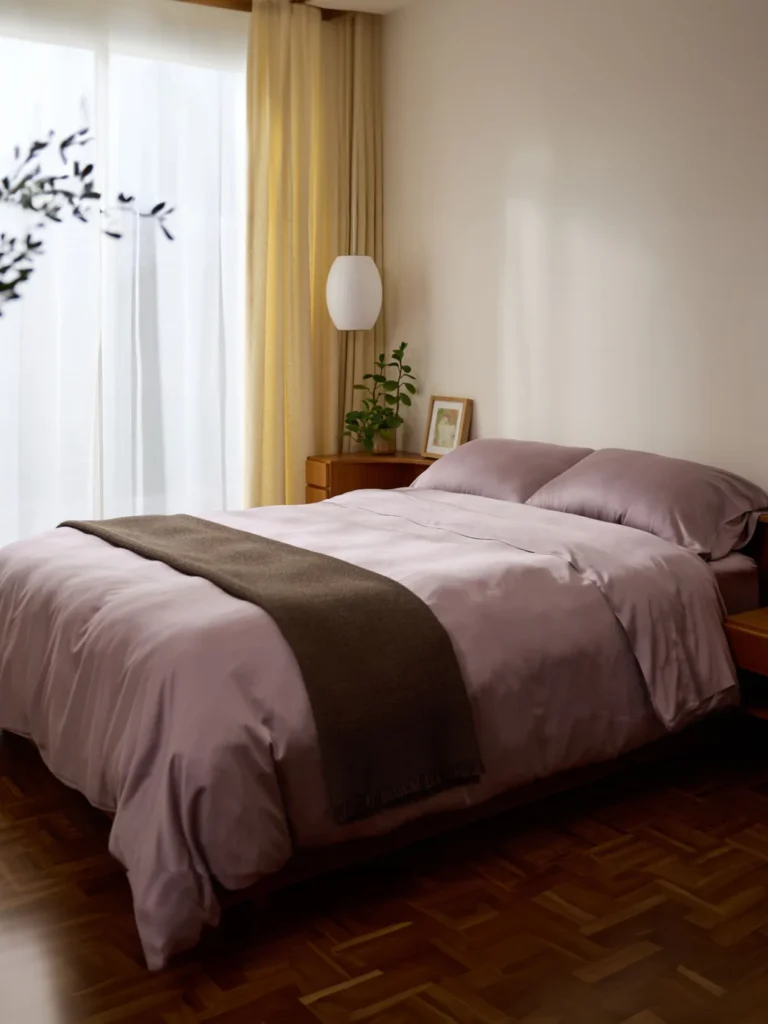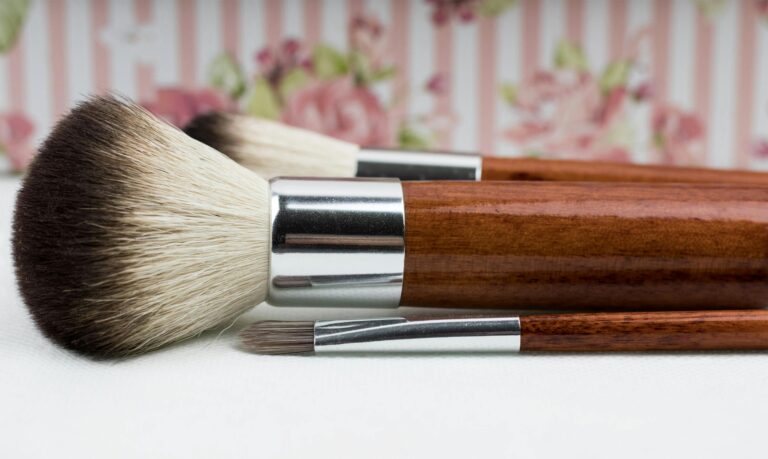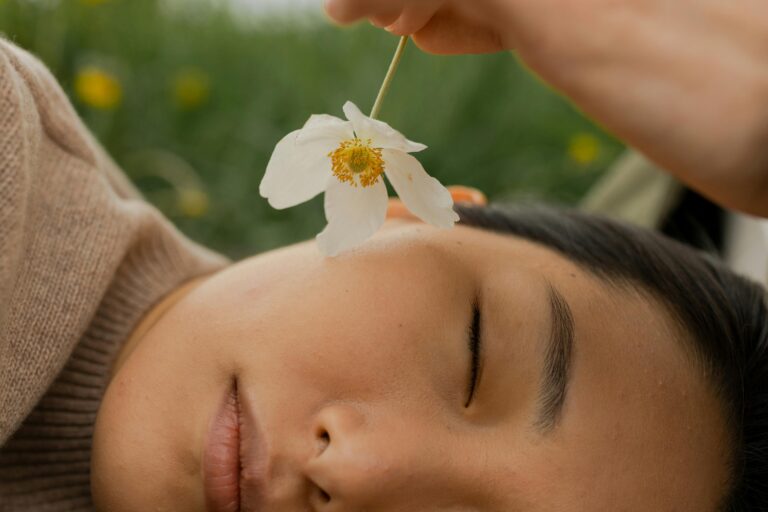What Is Minimalism? A Practical, Refreshing Guide
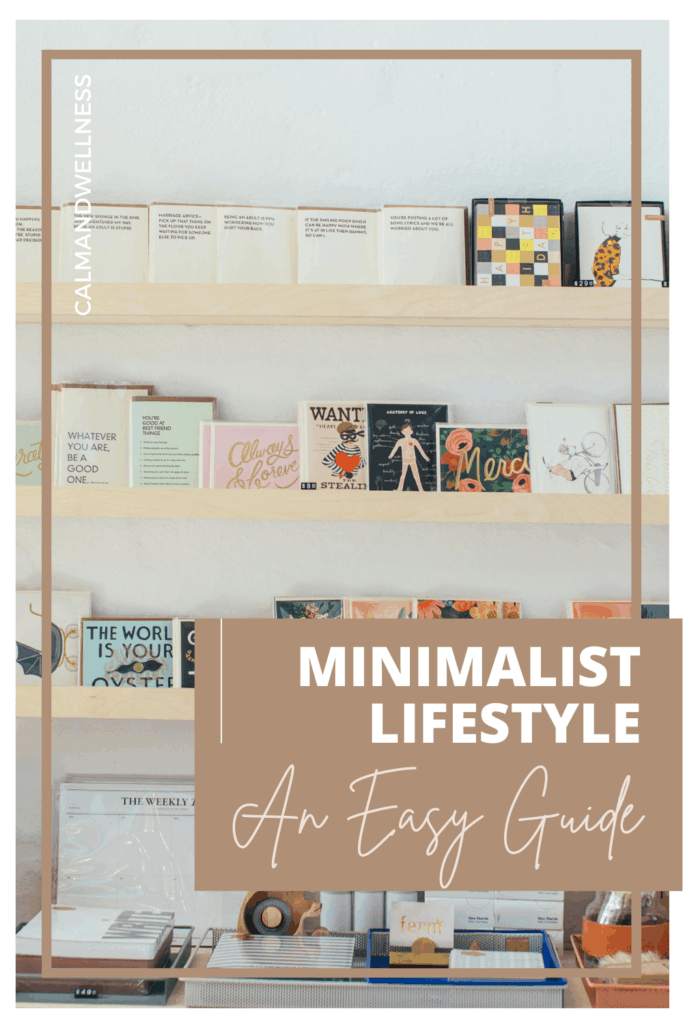
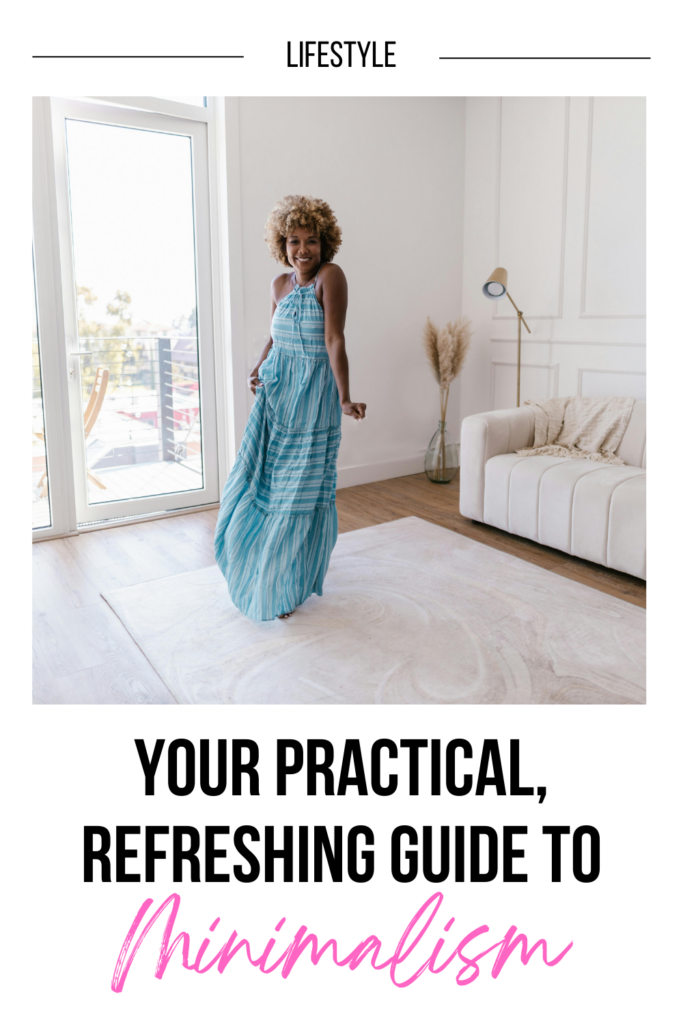
This site contains affiliate links, view the disclosure for more information.
Minimalism isn’t about empty walls or owning only 30 things,it’s about making room…..for clarity, for peace, and for what really matters.
This guide will help you understand minimalism in a relatable, doable, and maybe even fun way!
1. Minimalism, Simply Put
At its heart, minimalism is about intentional living and a sustainable lifestyle. It’s choosing what truly adds value to your life and letting go of the rest. The question to ask yourself:
🧿 “Does this bring me joy or serve a real purpose?”
This mindset can be applied to everything—from your closet and calendar to your home decor and digital habits. The goal? Less overwhelm, more meaning.
A Quick Look Back: Where Minimalism Came From
Minimalism emerged as a reaction to post-World War II consumerism, gaining momentum in the 1960s art world before evolving into a lifestyle philosophy in the early 2000s. To connect with this rich history, you can explore the works of minimalist artists like Donald Judd and Agnes Martin, or read seminal texts by Joshua Fields Millburn and Ryan Nicodemus The Minimalists.
Busting Minimalism Myths
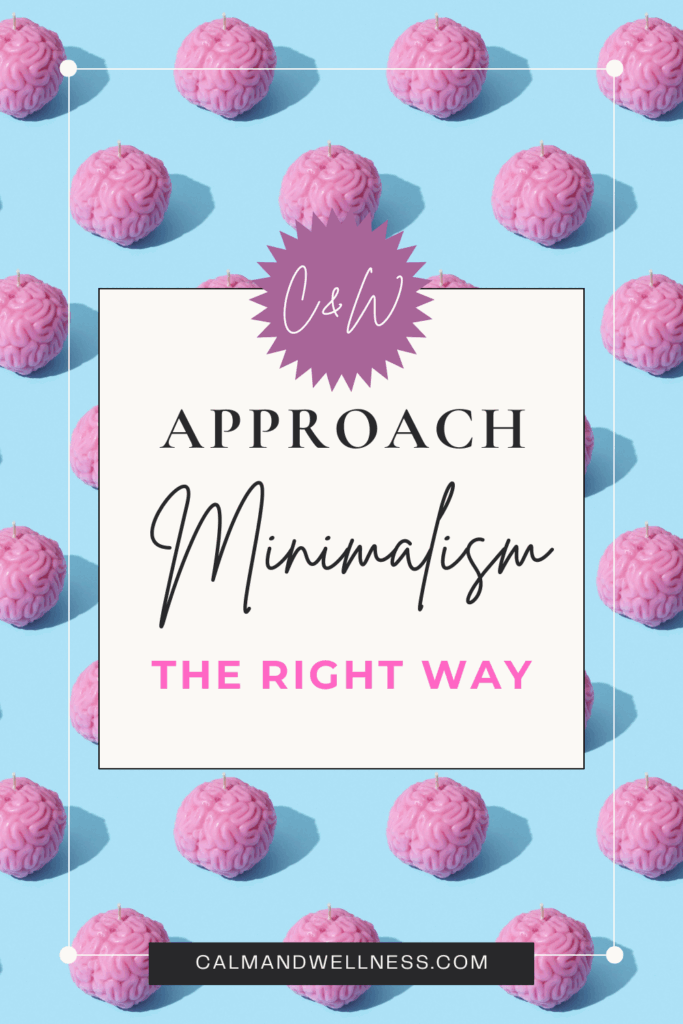
Many people mistakenly believe minimalism requires living with bare walls, empty spaces, or extreme deprivation, but in reality, minimalism is about thoughtful curation rather than arbitrary reduction.
To overcome these misconceptions, focus on optimizing rather than eliminating—create environments that support your well-being and priorities rather than adhering to rigid rules about possessions.
Remember that minimalism looks different for everyone, and authentic minimalism should enhance, not diminish, your quality of life. So …let’s clear up a few common misunderstandings:
❌ Myth: Minimalism means stark, lifeless spaces.
✅ Truth: It’s not about how little you have—it’s about how intentionally you choose.
Minimalism doesn’t mean living like a monk! It means curating your life to match your VALUES, that could mean a capsule wardrobe, a quiet corner for reading, or simply a decluttered kitchen that brings you peace.
Different Shades of Minimalism
Minimalism manifests in various forms, from the visual aesthetic of clean lines and neutral colors to functional approaches that prioritize utility and efficiency.
To determine which approach RESONATES with you, you can experiment with different minimalist practices and notice which ones feel most natural and sustainable on the long run.
Align your minimalist practice with your authentic needs and values rather than forcing yourself into a predetermined mold.
🧿 Aesthetic Minimalism – Clean lines, neutral tones, and plenty of breathing room.
🧿 Functional Minimalism – Efficiency is key; everything serves a purpose.
🧿 Philosophical Minimalism – A deeper practice of mindfulness and simplicity.
Minimalism vs. Simple Living
While often used interchangeably, minimalism typically emphasizes reduction and intentionality, whereas simple living focuses more broadly on self-sufficiency and sustainability. To navigate this distinction, consider whether your primary motivation is to reduce excess (minimalism) or to create more sustainable patterns of living (simple living).
Many people incorporate elements of both philosophies, using minimalist principles to eliminate distractions while embracing simple living practices like growing food or making household items from scratch.
Minimalism = reducing excess with intention
Simple Living = embracing self-sufficiency and slower, more sustainable habits
2. Why choose minimalism ?
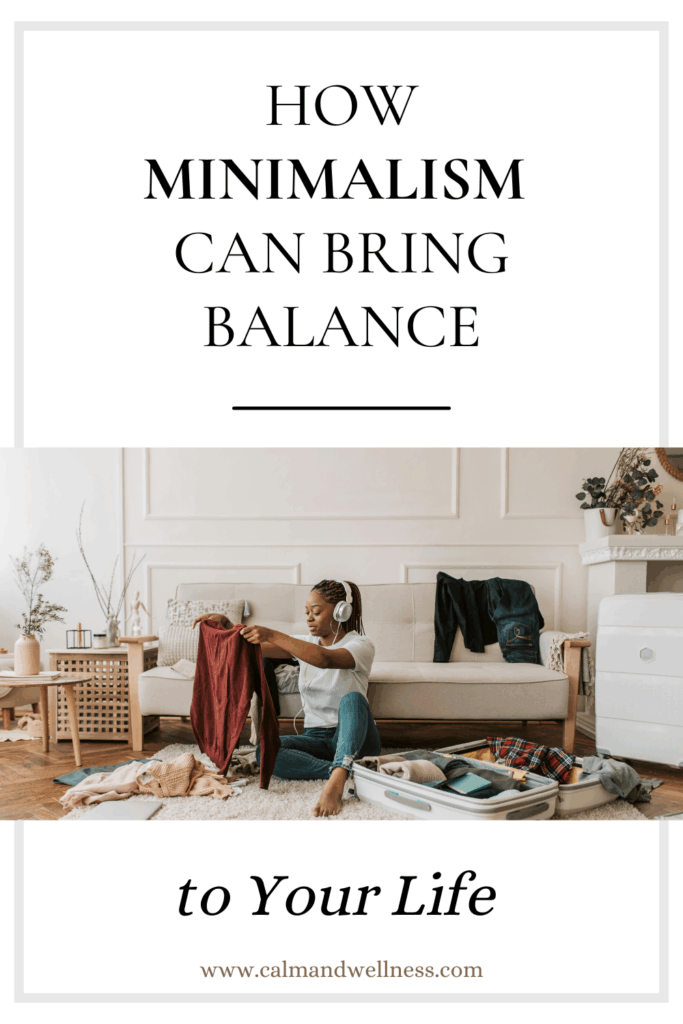
Minimalism as mental practice
Beyond physical decluttering, minimalism serves as a powerful mental discipline that cultivates clarity, presence, and focus.
To develop minimalism as a mental practice, implement daily mindfulness rituals that help you observe your thoughts without attachment, also try meditation sessions focused on simplicity, journaling exercises that identify mental clutter, or regular digital detoxes to reset your attention.
By training your mind to distinguish between essential and non-essential thoughts, you can reduce mental noise and create space for deeper insights and creative thinking.
Minimalism vs. Consumerism: A Healthy Rebellion
Minimalism offers a deliberate counterpoint to the endless cycle of acquisition that defines modern consumerism, to leverage minimalism as an antidote to consumer culture, take in consideration to implement a 30-day purchasing pause, allowing yourself to buy only true necessities.
Create a values-based spending plan that aligns your financial choices with your core principles—such as sustainability and ethics—for exampel by focusing on purchasing only essential clothing items from Fairtrade-certified brands
Develop awareness of advertising triggers that prompt unnecessary purchases, and establish pre-purchase reflection questions like “Will this item still matter to me in one year?” This conscious approach to consumption can free you from the psychological burden of always wanting more.
- Pause new purchases for 30 days
- Ask yourself: “Will this matter to me in a year?”
- Spot your shopping triggers—are they emotional or just habit?
Minimalism as decor style
As an aesthetic approach, minimalist decor emphasizes clean lines, functional design, and thoughtful curation of objects, to incorporate minimalist design principles in your home, focus on quality over quantity, choosing well-crafted pieces that serve multiple purposes.
Embrace negative space as a design element rather than filling every surface, select a restrained color palette—typically neutrals with occasional thoughtful accents—to create visual harmony.
Remember that even within minimalist design, personal expression remains important; select fewer objects but ensure they genuinely reflect your personality and values.
Digital minimalism
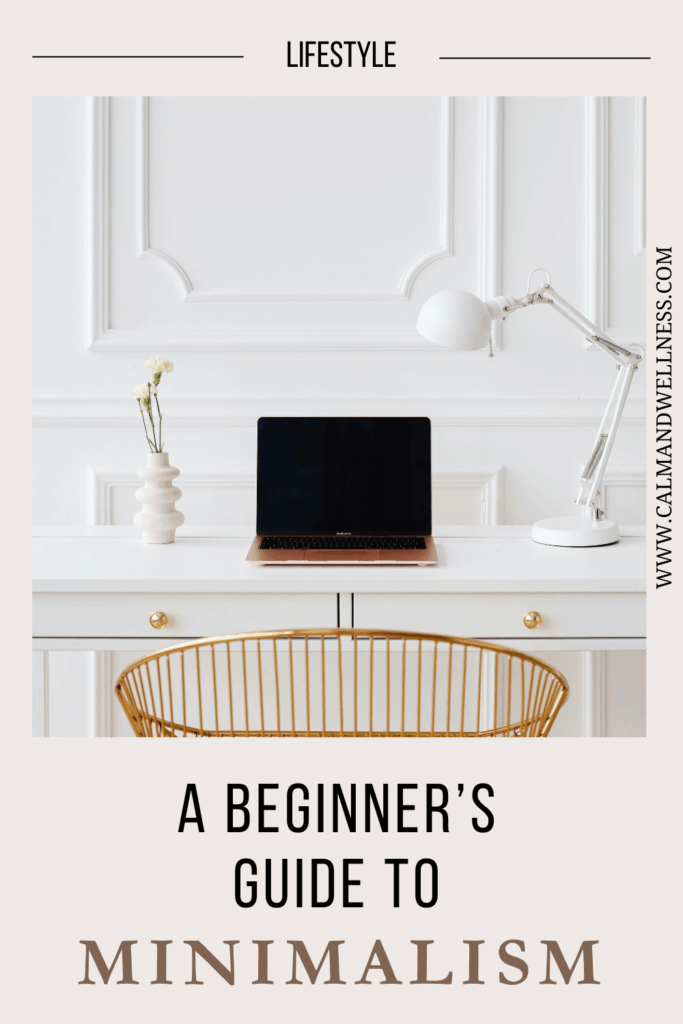
Digital minimalism applies minimalist principles to our relationship with technology, focusing on intentional use rather than mindless consumption.
To practice digital minimalism, conduct a digital declutter by removing non-essential apps from your devices and organizing remaining digital files into simple, intuitive systems.
Establish technology boundaries through practices like scheduled screen-free periods, notification silencing, and digital sabbaths, use focus-enhancing tools to minimize distractions during deep work sessions.
By consciously curating your digital environment, you can regain attention control and use technology as a tool rather than allowing it to use you.
START HERE:
🧿 Delete unused apps
🧿 Organize files with clear folders
🧿 Schedule “screen-free” hours
🧿 Use tools like Focus Mode or app timers
Minimalism as sustainable lifestyle
Minimalism naturally aligns with environmental sustainability by reducing consumption and waste. To embrace minimalism as an eco-conscious practice, adopt a “use what you have” mentality before purchasing new items, even sustainable ones.
At the heart of a sustainable lifestyle is the idea that when you do need to make a purchase, you choose items that are durable, ethically made, and built to last—so you won’t have to replace them often. Implement a circular approach to possessions by repairing, repurposing, or responsibly recycling items rather than discarding them.
By viewing minimalism through a sustainability lens, you can significantly reduce your environmental footprint while simultaneously simplifying your life.
✅ Use what you already have
✅ Buy quality over quantity
✅ Repair before replacing
✅ Donate or recycle responsibly
3. Ready to Get Started?
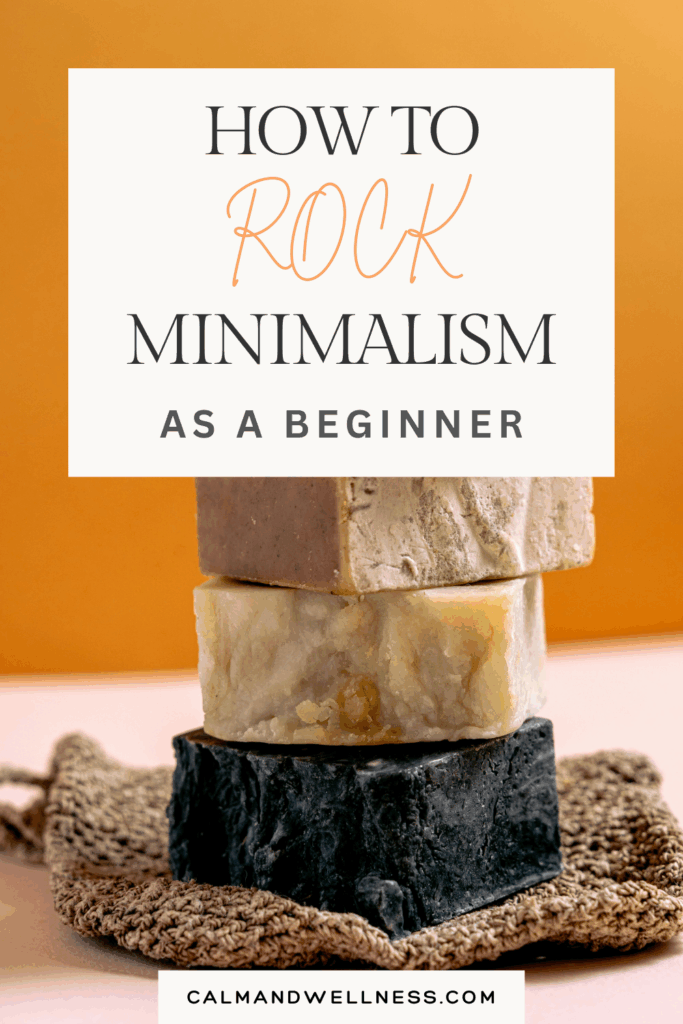
Here’s how to ease into minimalism without the stress.
1. Set Your Why
Reflect on your motivation—less stress? More time? A calmer space? Write it down. Your “why” will guide you.
2. Start with a Mindset Shift
Practice gratitude. Notice how much you already have. Try a shopping pause or limit yourself to 33 clothing items for 3 months (Project 333).
3. Take It One Step at a Time
Minimalism isn’t a race. Begin with one drawer, one room, or one habit. Track your progress with before-and-after photos or a simple checklist.
4. Communicate with Housemates:
If you live with others, start the conversation. Share your goals and invite them to join small experiments—like keeping one shared space clutter-free.
5. Create a Simple Roadmap
Think of your journey in phases:
🧿 Now: Declutter your workspace
🧿 Next 3 Months: Tackle clothes, kitchen, or garage
🧿 Next 6 Months+: Streamline tech, routines, and spending habits
Setting your personal minimalist goals and intentions
Embarking on your minimalist journey begins with clearly defining what minimalism means specifically for you.
Take time to reflect on your core motivations—whether it’s reducing stress, saving money, creating more free time, or living more sustainably. Write down concrete goals like “create a clutter-free workspace” or “reduce my wardrobe by 50%” rather than vague aspirations.
To make this actionable, create a minimalist vision board or journal entry that captures your desired lifestyle, focusing on how you want to feel rather than just what you want to eliminate. Revisit these intentions regularly to maintain motivation when decluttering becomes challenging.
Starting with a mindset shift before physical decluttering
Before touching a single possession, cultivate a minimalist mindset by questioning your relationship with material goods.
To reinforce this mindset shift, implement a temporary shopping ban for non-essentials, you can try “Project 333” (dressing with just 33 items for 3 months).
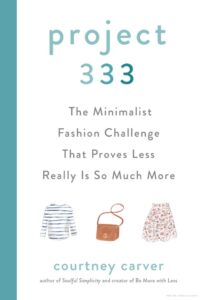
Begin noticing how advertising affects your desires and how acquisition often fails to deliver lasting satisfaction. This mental preparation creates a foundation of intentionality that makes physical decluttering more effective and sustainable in the long run.
The importance of patience and gradual change
Minimalism is a marathon, not a sprint.
Attempting to overhaul your entire life at once often leads to burnout and abandonment of minimalist principles, instead try to break your journey down into manageable steps, perhaps tackling one category or room each week.
To build momentum without overwhelming yourself, start with easier areas like duplicate kitchen items or out-of-season clothing before addressing emotionally charged possessions.
How to gain support from family members or roommates
Living with others while pursuing minimalism requires communication, compromise, and respect for different perspectives, you can begin by having an open conversation about your minimalist aspirations, focusing on the benefits rather than imposing rules.
To gain support, suggest a trial period for a minimalist practice that affects shared spaces, such as a one-month experiment with a clutter-free dining table, consider creating designated spaces where others can maintain their preferred level of belongings while keeping common areas simplified.
Most important….lead by example rather than criticism, and celebrate small wins together to build collective momentum toward a more intentional home environment.
Creating a realistic timeline for your minimalist transition
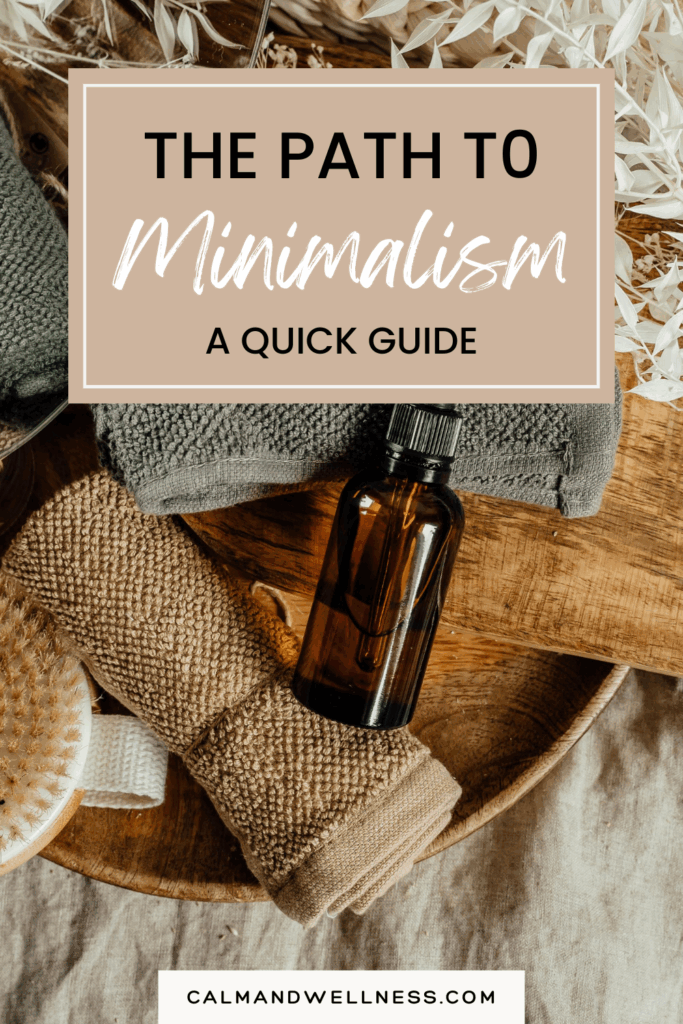
Transforming your life doesn’t happen overnight !
Develop a personalized timeline that accounts for your schedule, living situation, and emotional readiness, to make this practical, you can create a three-phase approach:
🧿 immediate actions (30 days),
🧿 medium-term projects (2-6 months)
🧿 long-term lifestyle integration (6+ months)
Set specific milestones rather than deadlines, such as “complete bathroom decluttering by month’s end” or “reduce digital files by 40% this quarter.” Build in buffer periods for unexpected challenges and regular reflection points to assess your progress and adjust your approach as needed.
4. Tools and resources for beginners
Kick things off with some simple sorting bins—keep, donate, sell, toss—and set up a little “in-between” zone for stuff you’re still deciding on.
To keep your space (and your sanity) in check, try using inventory apps like Sortly, or get inspired by minimalist go-tos like Marie Kondo’s books or The Minimalists podcast.
It’s also worth investing in smart, multipurpose storage that actually works with your new, clutter-free vibe.
And here’s a fun idea: create your own minimalist handbook filled with checklists, motivating quotes, and handy decision tools like “Would I buy this again today?”
Having these little helpers around makes the whole decluttering journey way less overwhelming—and a lot more rewarding.
5. Final Thougths
Embarking on a minimalist journey isn’t about achieving perfection or following strict rules—it’s about creating a life that aligns with your values and priorities.
By implementing the strategies outlined in this comprehensive guide to minimalism, you’ll be well on your way to experiencing the freedom, clarity, and contentment that comes from living with less. Remember that minimalism looks different for everyone, so define what it means for you and adapt these principles to your unique situation.
The path to minimalism isn’t always easy, but the rewards—more time, more money, more energy, and more joy—are well worth the effort. Why not start today by choosing just one area to simplify? Your future self will thank you!
RELATED POSTS

19 Natural Ingredients for Hair Care That Actually Work (And Why You’ll Never Go Back)
Okay, real talk. If you’ve ever stared at the back of a shampoo bottle and felt like you needed a chemistry degree to understand it… you’re not alone. Between the sulfates, parabens, and mystery “fragrance”…

